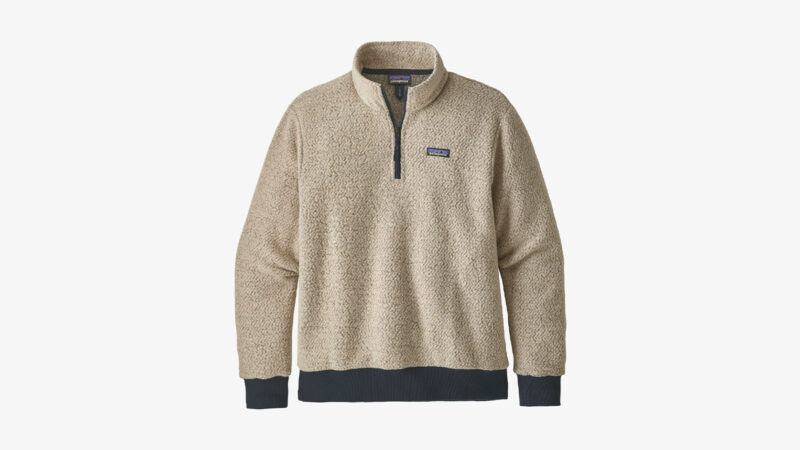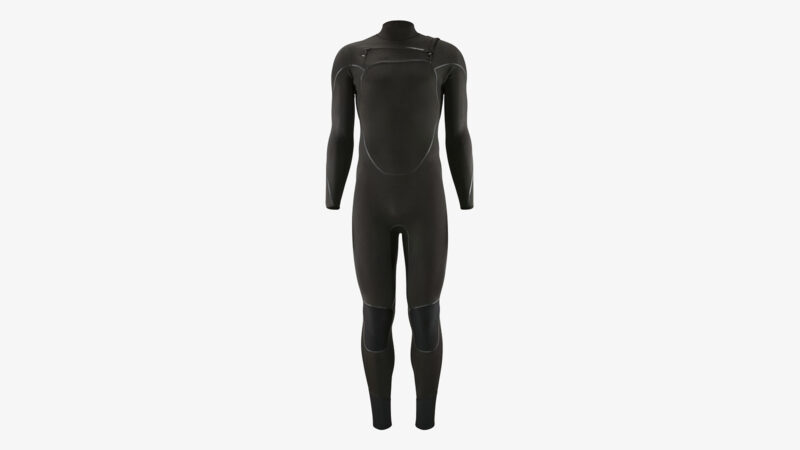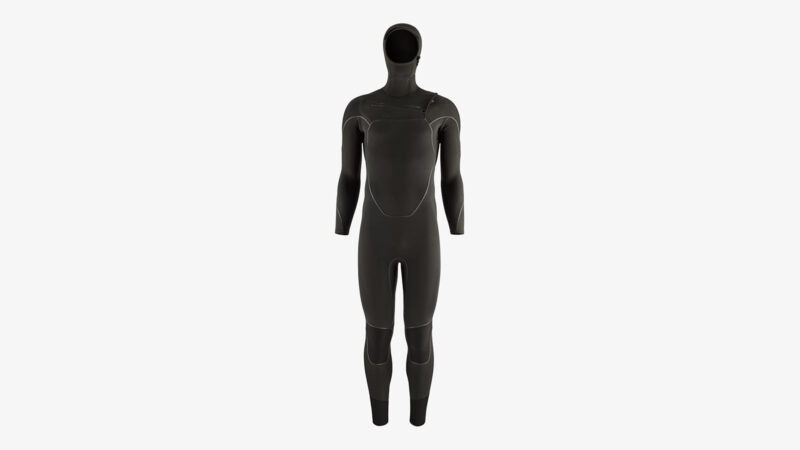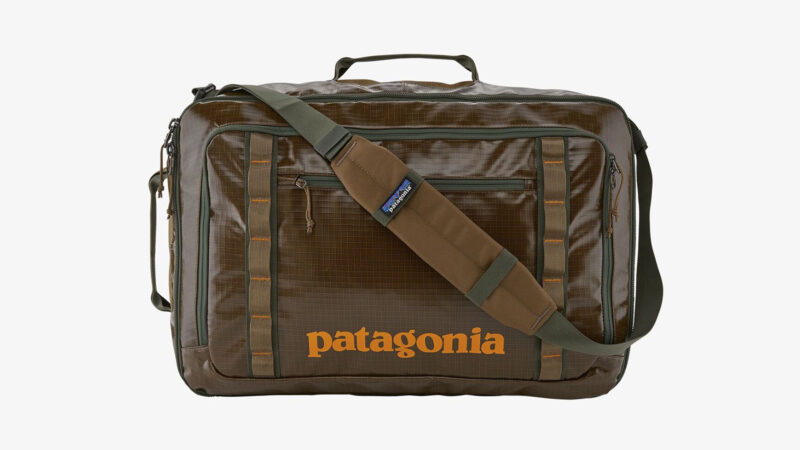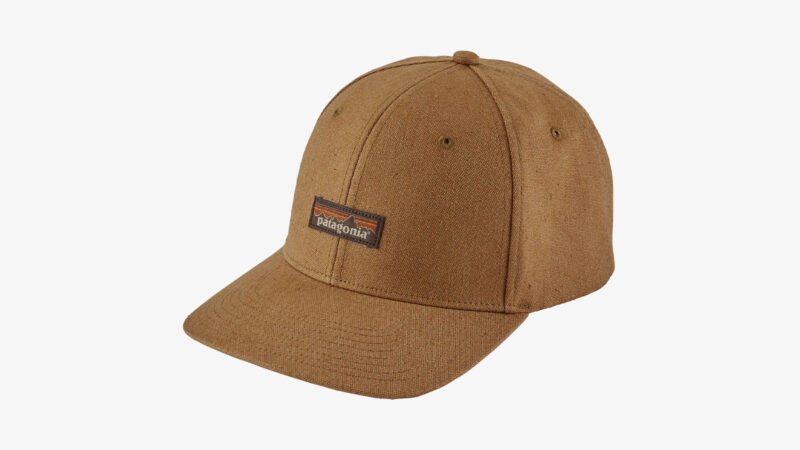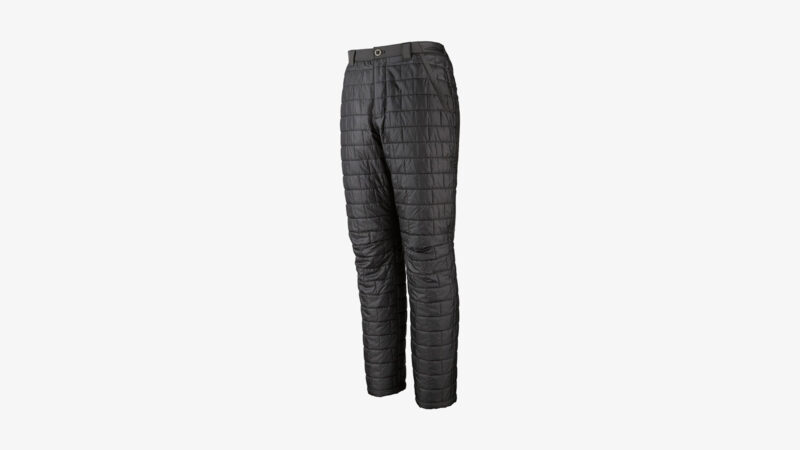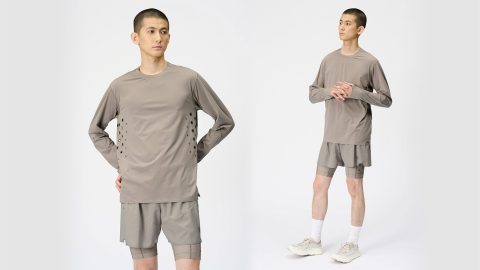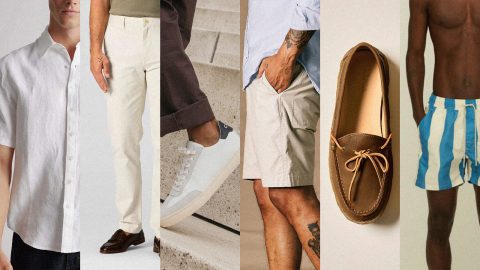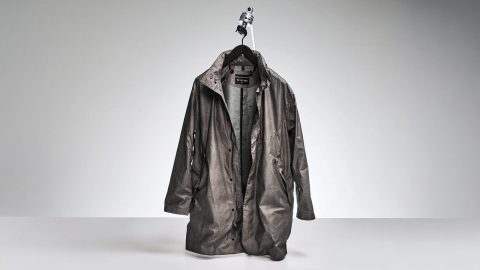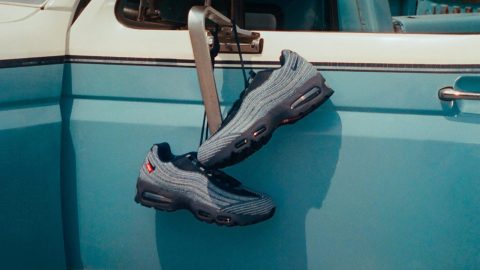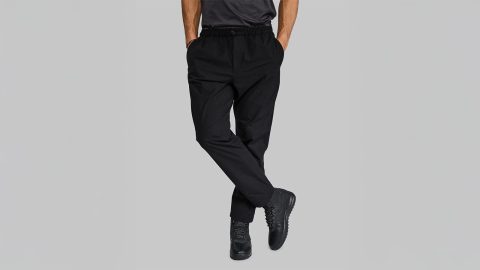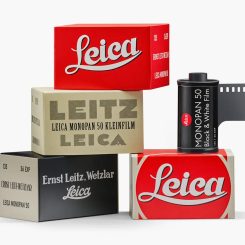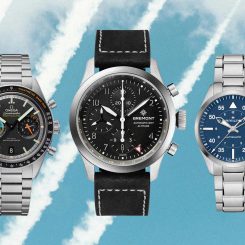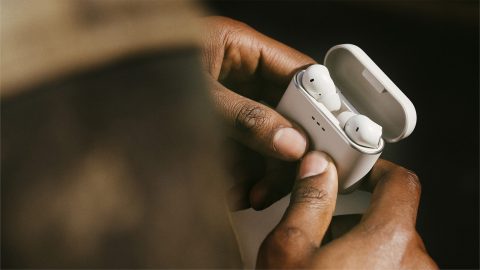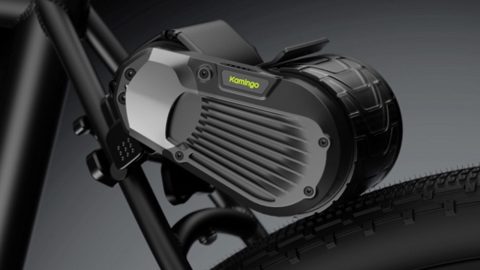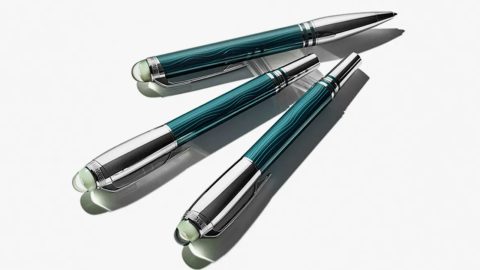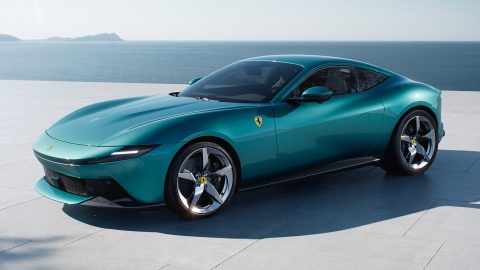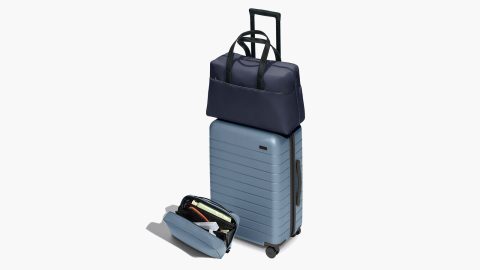In South America, Patagonia is a fabled spot in Argentina, one that’s bordered by the Strait of Magellan and the Atlantic Ocean. Huge mountains rise from the ground, glaciers sit at the top, and intense winds sweep the landscape on a regular basis. It’s not a place for the faint of heart.
Patagonia is also the name of a famed outerwear company based in Ventura, CA, one that prides itself on giving people the gear they need to face the great unknown. Partners Yvon Chouinard and Tom Frost started this business because they both understood the importance of taking cues from the land.
What Sets Patagonia Apart
There are so many outerwear companies out there, a fact that has pushed all of them to strive for more. It’s a good thing too, especially when you consider how the staff has to solve for literal life-and-death situations. Some of their innovations have been instrumental in keeping people alive in some of the most difficult regions.
Patagonia has made a name for itself based on more than just quality though — they’ve managed to earn a coveted space as being one of the most transparent companies in the world. From employee policies to environmental efforts, the brand is a powerhouse of truth.
The Very Beginning
In 1953, Chouinard was 14-year-old and a member of the Southern California Falconry Club. There, he was taught to rappel down cliffs to get a glimpse of the nests of the falcons and learn more about their natural habitats. This was all he needed to motivate him to become an expert rock climber.
In 1957, he would start selling his own hand-forged mountain gear through his first company, Chouinard Equipment. His first dive into the industry began when he bought a coal-fired forge at a junkyard, plus an anvil and tongs.
He taught himself how to blacksmith and made his own pitons from an old blade. At just 18 years old, he would work alone until 1965. (Those first few years were pretty lean, lean enough that Chouinard was known to eat cat food and poached ground squirrel.)
Frost and Chouinard
At the heart of Patagonia lies two outdoorsmen with big dreams. When Chouinard first met his business partner Tom Frost, a fellow climber, he found a friend who shared his love of the natural splendor of the mountains. The two would eventually move North from the Riverside mountains to the promised land that is Yosemite.
One of the things that both Frost and Chouinard prided themselves on was that they climbed purely for passion. With no economic reward at the top, they could revel in the pure adrenaline and joy that comes from testing your own capabilities in some of the most unforgiving spaces.
Photo via Patagonia Archives
However, Chouinard would eventually see a way to improve his products and meet the growing demands of his customers. Frost represented an opportunity that would allow him to expand his brand into more categories. From Day One, the two would puzzle over problems great and small. How to best protect the neck when climbing, how many stitches in each sleeping bag, how can we best respect the planet: few details were overlooked.
After largely dealing directly with buyers, Patagonia would open its first store known as Great Pacific Iron Works in 1973 in Ventura. Formerly a meatpacking plant, it was remodeled to keep up with the company’s busy customers (all of whom were searching for the best in clothing and equipment).
Today, the store functions as a community center, featuring everything from yoga classes to special events for families of all ages and sizes. This isn’t just a way to give back though, it’s a way to inspire people to become better versions of themselves.
The Ethos of Patagonia
The company markets itself to anyone who wants to get out there. The assortment of goods could outfit celebrity climbers and novices alike. Hats, packs, sweaters, hiking boots, wetsuits: you would be hard-pressed to find an outdoor item the company doesn’t sell. The point of Patagonia is not to push people outside their comfort zones but to entice them just enough that they choose to challenge themselves.
The company is also known for espousing much larger values — both for the people that it employs, its customers, and the environment that it hopes to protect. In 2012, it was classified as a Certified B Corporation, AKA a for-profit company that met extremely high standards for social and environmental accountability and transparency. Paid maternity leave, onsite childcare, ample sick time, excellent healthcare: the list of employee benefits goes on and on.
1% of all sales also goes toward charities and nonprofits that are committed to protecting the planet. In 2016, the company pledged 100% of its Black Friday sales to environmental groups. In 2017, it boycotted the Outdoor Retailer show because it was hosted in Utah — a state that was trying to get its hands on federal land.
When social media started coming under fire in 2020, the company suspended operations with Facebook and Instagram in an effort to support Civil Rights. Patagonia is not trying to make a statement in order to pander to customers or alienate critics. Leaders and staff are supporting causes that they believe in, regardless of the economic or social costs.
Collaborations
For the most part, Patagonia has forged its own path. However, in 2018, it announced a collaboration at the ICAST trade show in Florida with Danner Boots. The Portland-based company might be known for its hiking boots, but the two actually got together to create a wading boot that was made for fly fishing.
Danner Boots are known for their stitch-down engineering, a feature that allows for multiple reconstructions. And while the price for this collab was not exactly low, it’s designed for a literal lifetime of use. Since then, the company has been more open to collaborating, as long as the partner companies meet its vigorous standards.
Material Performance
What happens when a jacket meets water? How fast will a fleece start to pill under the wrong conditions? How breathable is a fabric when you’re at the tippy-top of Mount Everest? These questions are influenced by so many factors and admittedly, some are far easier to answer than others.
Plenty of outdoor companies would chalk up these questions to nothing more than a shrug, pinning individual failures on user error. Not Patagonia though. This company has 20 machines in the fabric lab in Ventura, each with the sole goal of understanding fabrics so that staff can make them even better.
Material performance engineers may have been given a tall order, but they also have relative freedom when it comes to testing their hypotheses. For example, steel balls in a washing machine are there to mimic abrasion and scientists use them to test for far more than colorfastness.
Engineers are also looking out for the environmental impact of every component of their products. There is no such thing as a perfect win-win situation — Patagonia recognizes that everything it makes comes with some cost to the environment. The company is merely examining (and then re-examining) every choice it makes to minimize that impact.
This is also why you’ll find a section on their website known as Used Gear. To purchase previously owned is to significantly cut down on a garment’s environmental footprint. Extending the life of the item by even two years will make for a nearly 75% reduction in combined carbon, waste, and water consumption. The company’s sale of used gear is just another testament to a mission that has nothing to do with money.
Patagonia’s products are as diverse as they are reliable. Here are some of the company’s most innovative collections and why they have the whole planet breathing a sigh of relief.
Woolyester Fleece
Woolyester is a material that’s made from recycled wool yarn. It’s spun with a featherlight micro-polyester to create a superior version of fleece. It was originally brought to Patagonia from suppliers in Italy and then tested by the engineering team against polyester fleece, recycled polyester fleece, and cotton/wool fleece.
There was no contest — if the company wanted to cut down on its environmental footprint, then Woolyester was the only way to go. Patagonia pullovers are warm, comfortable, and relatively lightweight. The quarter-zip fleece plus twill-tape pull makes it easy to handle. The cuffs and hems are trimmed with a rib-knit that makes it easy to wear all day, every day.
Yulex Wetsuits
Traditional neoprene wetsuits are made with oil. The process of transforming that petroleum has come at the cost of climate change, and as if that weren’t enough, the toxic gasses from the chemical processing plants are known to cause cancer.
Unfortunately, people all over the world continue to buy and wear neoprene. Patagonia is making it easier for people to make smarter choices by selling neoprene-free Yulex® wetsuits. This is the only commercially available product that’s been certified by the Forest Stewardship Council®. It’s pure natural rubber that is comfortable, high performing, and environmentally sustainable.
Blackhole Bags
Plastic bottles are usually presented as pure torture for the environment. From how they’re made to where they end up, it can be difficult for any one person to contemplate the scope of the problem. The Black Hole collection has turned this around though, creating travel bags from 10 million leftover plastic bottles.
Weather-defiant and beyond durable, every inch of the webbing and body fabric is recycled and backed by the company’s Ironclad Guarantee. Roomy, lightweight, and made to take a serious beating, these bags come in 25 styles. Duffels, backpacks, and hip packs are just the beginning.
NetPlus Hats
Recycling can and does come in all forms, as seen on the brims of NetPlus hats. The stiffeners are made from 100% recycled fishing nets, making these caps a meaningful way to keep the sun out of your eyes. 83% of the Patagonia line is also Fair Trade Certified™ sewn, more styles than any other brand.
This NetPlus is a collaboration with Borneo, a company that has proven itself to be every bit as committed to the welfare of our planet as Patagonia. The company was created specifically to keep plastics out of the ocean.
Nano Puff®
Nano Puff® is a synthetic down jacket, one that has been refined for more than 10 years. While it’s always looked good and performed well with its wearers, the goal was to streamline the design and supply chain to reduce environmental impact.
Instead of using feathers, the jacket is made with 60-g PrimaLoft Gold Insulation Eco. This recycled polyester uses plastic water bottles and reduced-emissions technology to ensure far less CO2 production than your typical synthetic jacket. Warm enough to support California winters (which can dip more than one might expect), it’s a responsible way to keep the chill off.
Ironclad Guarantee
No matter which items you end up with in your closet, Patagonia guarantees every single item that the company makes. Should the product fail to meet your satisfaction — whether it’s when you first receive it or while you’re using it — all you have to do is return it for a refund, replacement, or repair.
If it’s been damaged through standard wear and tear, the company also offers repairs at reasonable prices. If the item was purchased at a store, it simply needs to be returned. Should the customer need to ship it, it’s a flat-rate that includes tracking and insurance.
Patagonia has managed to become a household name with outdoors enthusiasts, and not just because the company goes the extra mile for its customers. It’s a private company that can eschew the whims of Wall Street and pay attention to the longevity of our planet and the long-term well-being of the people who use their products.


